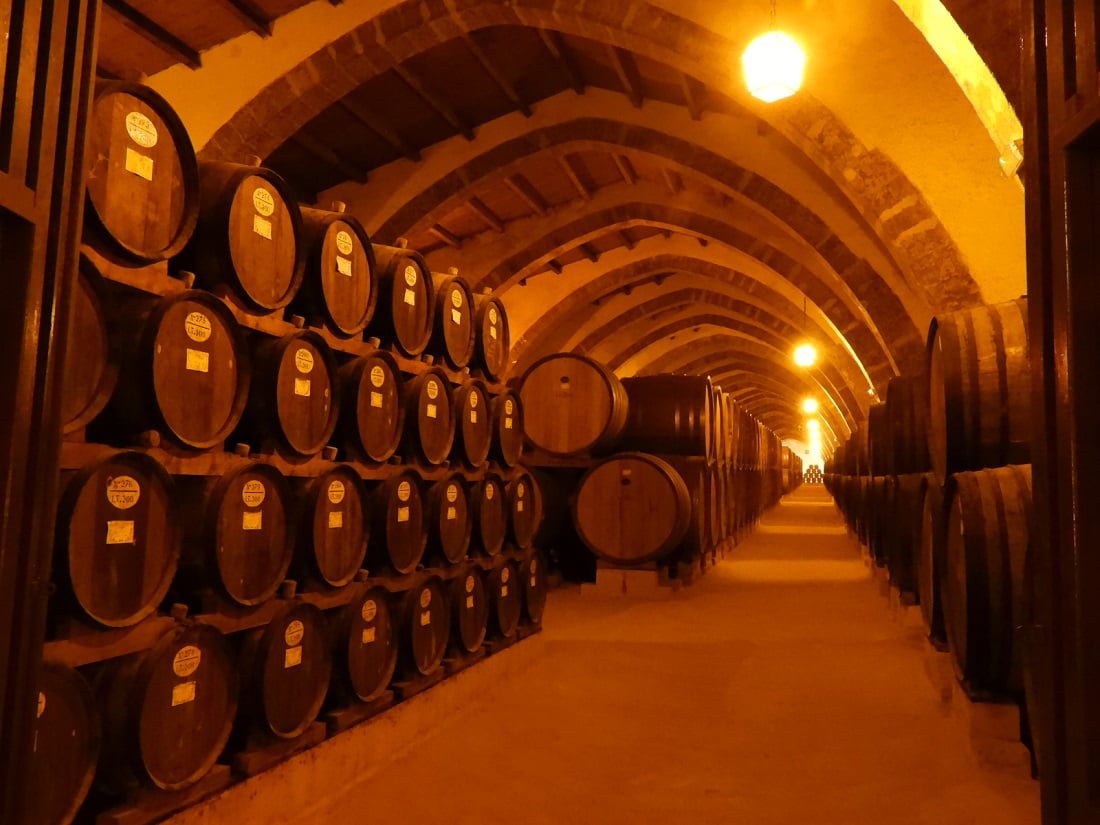Italy, Territory of Taste
Italy has always been a synonym for “good food,” offering an unmistakable explosion of flavors, scents, and aromas. Aside from having one of the most famous cuisines in the world, it also proposes an immense variety of different regional dishes and recipes.
Visitors cannot miss the culinary and wine itineraries – journeys through Italy’s enogastronomic culture, in search of ancient recipes, genuine products, and simple food inspired by classic Italian cooking and innovative creations. World-renowned products such as Parmigiano Reggiano (Parmesan) cheese, Parma and San Daniele ham, Modena balsamic vinegar, Genoa’s pesto, buffalo mozzarella from Campania, Alba truffles, and cured meats are just some of the symbols that make Italy the land of good food. And how could anyone forget pasta and pizza, universal synonyms for Italy?
Italy’s wines, those noble ambassadors of Italian excellence throughout the world, must not be neglected. The pleasure of tasting a fine wine in its native environment is unparalled – a glass of Chianti or Brunello di Montalcino in Tuscany, of Barbera or Barolo from Piedmont, of Prosecco di Valdobbiadene in Veneto, of Lambrusco from Emilia Romagna, or the Sicilian wines or the white wines in Friuli and Trentino-Alto Adige, or the great reds of the Valtellina, just to provide a fine few exemplars. Italy is a world of tastes that tempt the palate , eyes, and heart!
Italian Wines
The Ancient Greeks used to call Italy “Enotria,” in reference to its production of extraordinary wines. It would be impossible to list all the features of Italian wines, sought after the world over for their variety and their quality.
Slow Food
Italy: it is the ne plus ultra of good food and good taste. The Bel Paese’s edible excellencies have always been an integral component in the Italian good life. The quality of its wines, oils, dairy products, meat and legumes, as well as the Italians’ astounding knowledge and preparation abilities, are the results of millennia of significant evolution of a tradition that has always signified the Italian lifestyle, and not only: Italian food is at the center of enogastronomic tourism, a sector that certainly does not depend on the instability of global market highs and lows.  To protect and safeguard this unique aspect of Italian culture and heritage, particularly against the urgencies of modern life, one Carlo Petrini created (the exact opposite of fast food) the international non-profit, Slow Food in 1986.
To protect and safeguard this unique aspect of Italian culture and heritage, particularly against the urgencies of modern life, one Carlo Petrini created (the exact opposite of fast food) the international non-profit, Slow Food in 1986.
Originally founded in Bra as Arcigola, its manifesto or purpose statement (written 1989), was signed by 13 luminaries of Italian culture, including Nobel Prize winner Dario Fo. Now an international organization, with branches in Italy and abroad, and that counts more than 100,000 members, Slow Food’s mission is the promotion of food education as the best defense against low-quality industrial foodstuffs and production scams, in addition to the protection of local cuisine, traditional methods of production and preparation, and the protection of plant and animal species at risk of extinction.
Slow Food supports a model of ecologically-sustainable agriculture.
In line with its goals, the association organizes cooking courses, sensory or flavor schools, dinners, trips and tastings in 410 different Italian affiliates. Employed in the safeguarding of bioversity and of citizens’ rights to alimentary sovereignty, in fighting against the standardization of taste and culinary know-how, and against mass-production agriculture and genetic manipulation, Slow food is naturally the centerpiece of Italy’s offerings for the Milan Expo 2015: Feed the Planet, with 37,674 sq ft of exposition and conference space.
In any of Italy’s big cities, Slow Food-certified establishments boast carefully-selected dishes for tasting and/or products for purchase (just look for the Slow Food symbol, the snail). An increasing number of restaurants offer menus approved or inspired by Slow Food.
Slow Food districts or presidia in Italy number at almost 300; they unite approximately 1,600 small growers and breeders, from farmers, fishermen, pig butchers and shepherds to dairy producers, bakers and pastry chefs and confectioners. To obtain the “Presidio Slow Food” logo, producers of each Presidio must subscribe to the correct local production methods and organize themselves into associations.
Slow Food has also created the narrational label supplying precise information on producers, plant varieties and animal breeds, cultivation and raising techniques, the health and well-being of the animal in question, and provenance. Indeed, according to Slow Food, the quality of an alimentary product is told first and foremost in its story, beginning with its origins and comprising its cultivation methods, transofrmation, preservation practices and, of course, its organoleptic and nutritional characteristics.
Then, from the Slow Food concept, Terra Madre was born, that is the global meeting of the Comunità del Cibo or Communities of Food. Both Terra Madre and Slow Food place the importance on the pleasure of eating, learning and enjoying diversity in tastes and recipes, on recognizing the numerous geographies of production, and on respecting the rhythms of the seasons and of all that is convivial.
